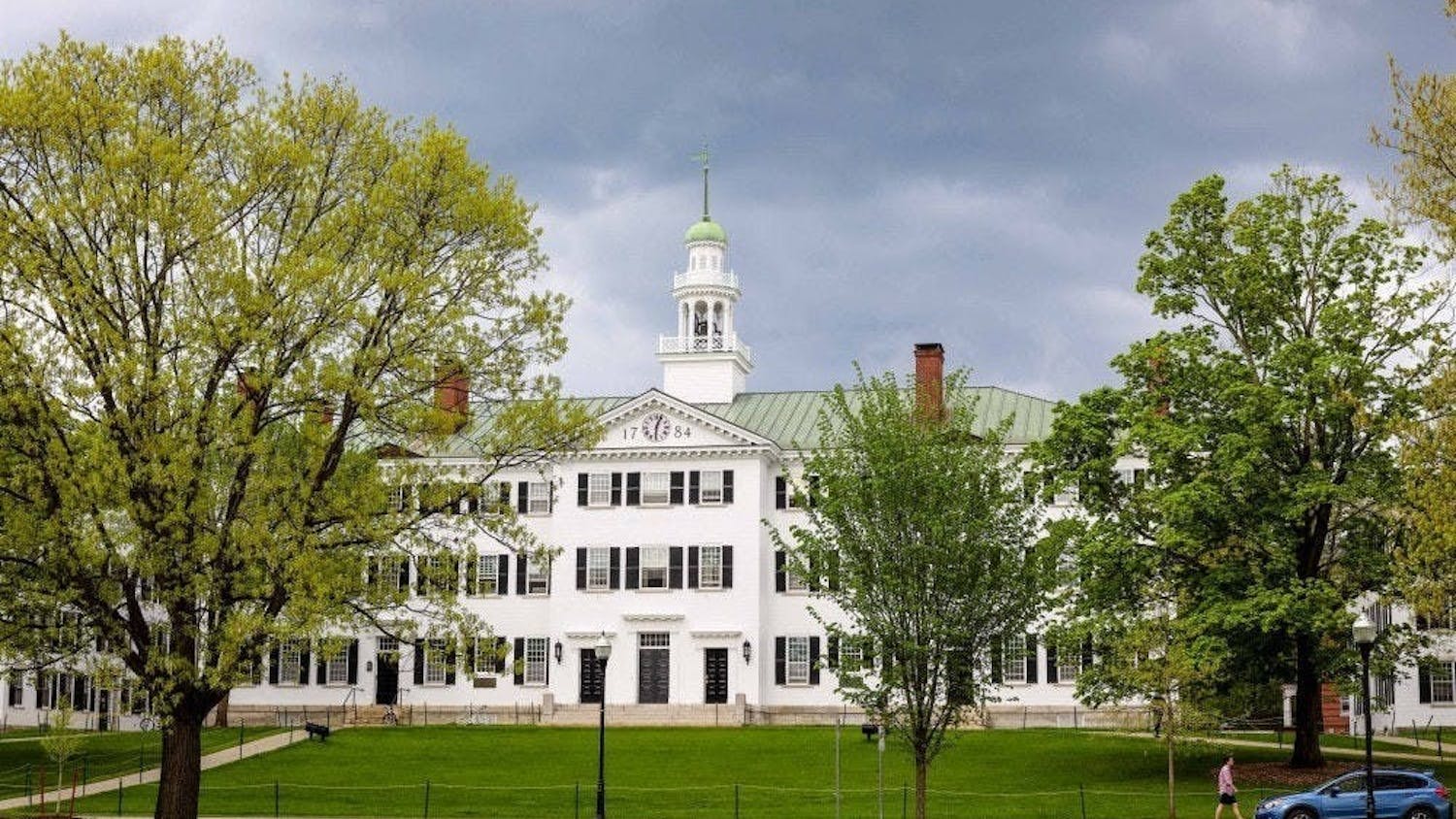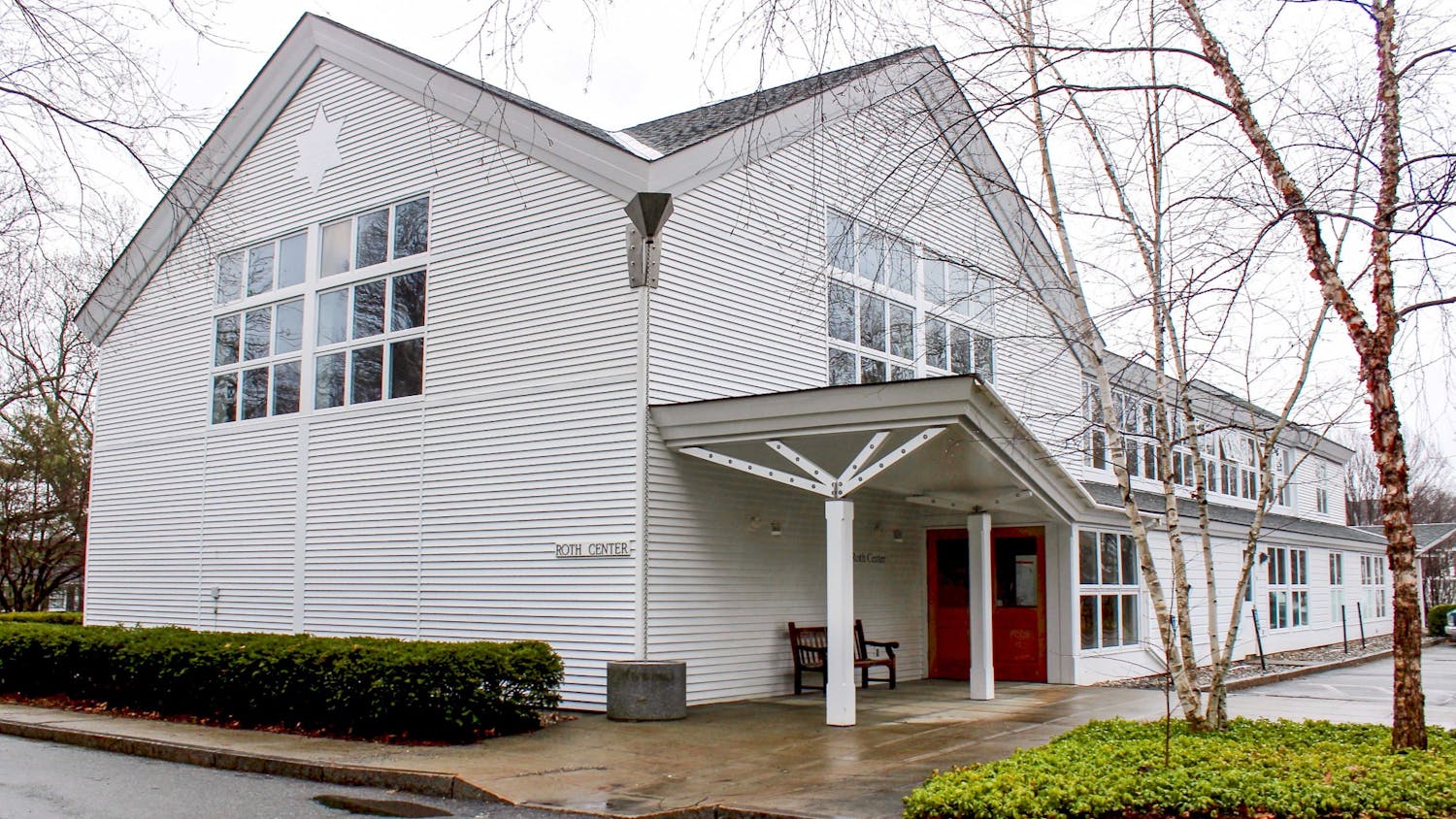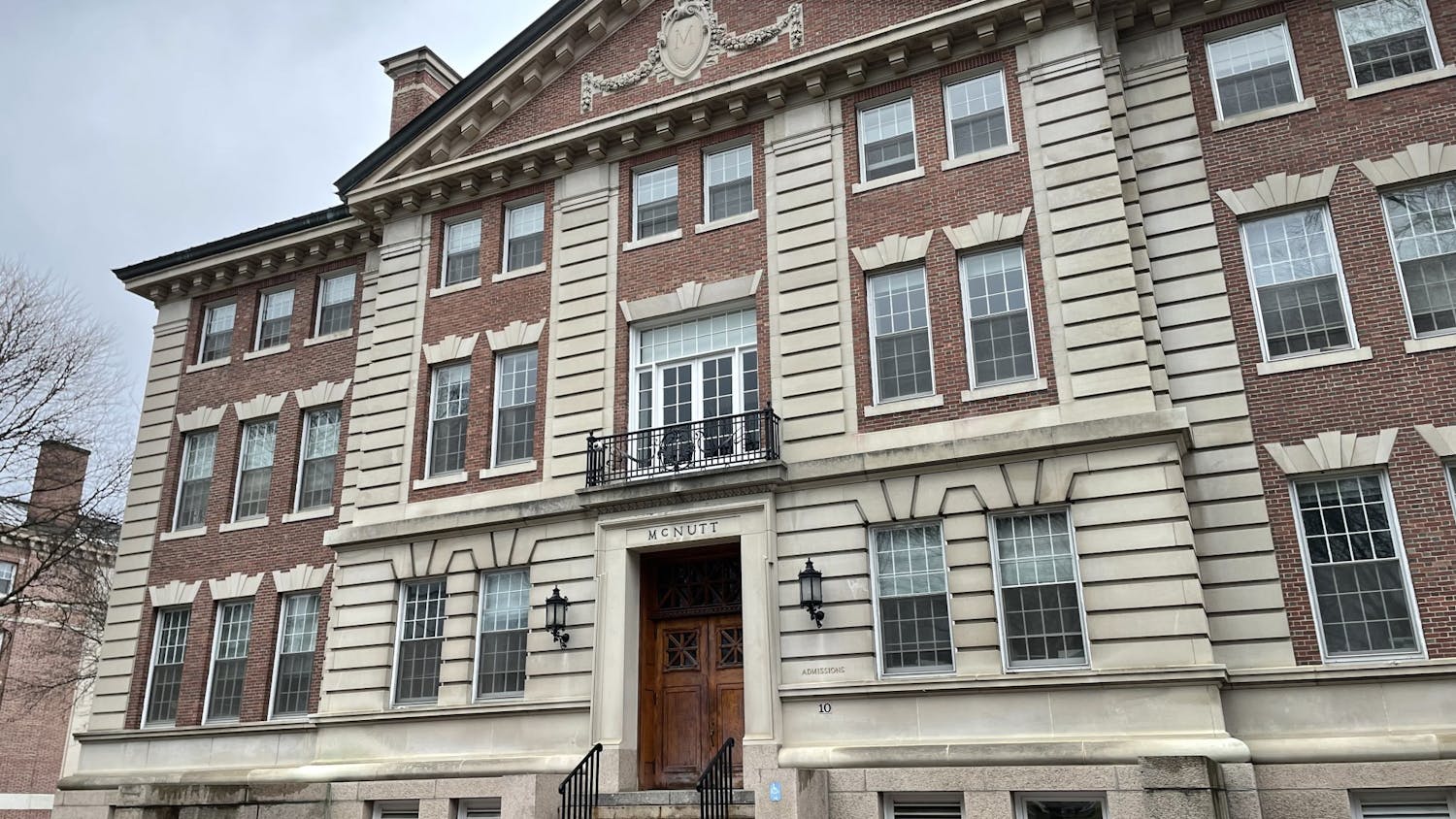In the five decades since the Supreme Court's Brown v. Board of Education decision made racial segregation in public schools illegal, Dartmouth has followed other private colleges and universities in striving to increase its minority populations and downplay its image as an elitist, white institution.
To the frustration of many, however, self-segregation, in many ways a more difficult issue than legal segregation, has persisted on campuses across the nation.Like most U.S. universities, Dartmouth struggles with issues of racial, religious and social-class integration. Self-segregation, the tendency for groups to congregate and stick to each other, excluding others, is a sensitive but prevalent issue at the College.
Self-segregation is a difficult term to define precisely. "In a multi-racial, 'mosaic' community such as Dartmouth, people tend to congregate with others whom they perceive they have something in common with," said Tommy Lee Woon, associate dean at the Office of Pluralism and Leadership.
This phenomenon of self-segregation takes place for two reasons, according to Woon. One reason is 'positive' -- shared identity, support and safety. The other is 'negative' -- people who feel self-conscious about being different gravitate towards those they think they have something in common with them.
This winter, The Dartmouth Free Press' Karsten Barde '04 provoked a campus discussion when he wrote a controversial article on minority students staying away from the Dartmouth Outing Club's Polar Bear Swim and other stereotypically "white" activities.
"White students rarely note a lack of non-white faces in their activities on campus, but many students of color feel these divisions every minute of every day," he wrote.
The Dartmouth interviewed a wide range of students about their experiences with self-segregation on campus.
Students agreed that while faith-based and class-based self-segregation exists at Dartmouth, racial self-segregation is the most visible, and most students said it was an issue that they thought about "occasionally" to "frequently."
When transfer student Ernest Lee '03 came to Dartmouth four years ago, he had no trouble fitting into the larger Dartmouth community. Lee, who is Asian American, played on the tennis team, participated in volunteer work and eventually became a member of Fire and Skoal senior society.
"Race isn't really an issue for me, I guess. My friends tend to come from the tennis team and the volunteer groups I'm in," Lee said.
One of Mary Bell '05's previous roommates, who had been randomly placed with her, was Asian, and so were most of her roommate's friends. Bell '05, a white student, said, "when they came to the room, they ignored me. They could care less that I was there. It was like I was invisible."
But she added: "I'm not judging anyone, it's just something I noticed. My roommate was perfectly happy that way. You can't force people to move out of their comfort zones."
Her current roommate is close friend Sagine Gousse '05, a black student from Long Valley, N.J., who said, "I can see why self-segregation exists, and I can sympathize. It's a survival mechanism. It's necessary to have a community where you feel secure, and where they understand what you're going through, and help you achieve your goals."
In an anthropology class Gousse attended Winter term, a white professor said something that made her ill at ease.
"We were discussing exposure to different cultures," Gousse said. "The professor said, 'You would be uncomfortable too if you got on a subway in New York City and started getting into the higher numbers [where there is a larger black community],' and I just felt so alienated and excluded. It's as if the black community was a completely separate thing."
"Sometimes white students or teachers don't even realize that what they're saying or doing is hurtful," Gousse added.
At the same time, Gousse said of her involvement in the black Dartmouth community: "At one point I was completely engulfed by it. It was too closed off from the larger community for me."
She eventually found a balance by participating in activities specific to the black community, such as the Black Underground Theater Association, as well as some that were not, like the Glee Club.
Other students said that self-segregation was not unique to minority groups.
"One common problem in discussions about racial self-segregation is that the 'blame' is often placed on minority groups, who are often perceived as retracting and isolating themselves from the student body. However, non-minority groups are just as 'guilty' of closing themselves off," said Stephanie Jean-Jacques '05.
Many students attributed this to statistical probability as only about one-third of the student population is non-white.
"There are some ethnic groups that are more prevalent on this campus. If you see groups of white students together, that's just mathematical probability," Israel Marques '07, a Latino student from Virginia, said.
The Greek system, for instance, has often been accused of being predominantly white.
"There aren't any Asian guys in the house because, quite frankly, there aren't any Asian guys on the football team, and in the '06 pledge class we don't have any pledges who aren't football players." John Charles Turner '04, president of Gamma Delta Chi fraternity, said.
However, Woon noted that "this statistical probability is the reason white students have to take the initiative to go out of their comfort zones and lose the privilege of being racially invisible."
Some students have done just that. Turner, for example, lived in the Latin American, Latino and Caribbean House for two terms because he wanted a different experience.
Woon also pointed out that there were other kinds of self-segregation that were less visible. "Why are students of color usually perceived as 'self-segregating' and rarely are lesbian, gay and bisexual people asked to be less self-segregating or more out and open to integration?" he said.
The College has taken steps to promote integration. One of the Office of Pluralism's core functions is to promote 'cultural versatility' encouraging students to reach out to and learn from each other. Many of its programs, such as the Leadership Discovery program, the Native American Pow Wow, Deep Community diversity dialogues and Pan-Asian Council's community dinners, are open to all students.
Students can simply start by making friends with someone of another race, said Woon. But many students said they were already doing so.
"There's still mixing in dorms and classrooms," said Charles Cunningham '07, a white student from Wilton, Conn. "People tend to make friends with others who share their experiences. You can't force friendships to try and further integration."



